Today was huge! First the Historiska Museet, followed by a jaunt around the Gamla Stan, then an Archipelago Tour and then the Thredbo Conference dinner at the Vasa Museet. I took so many photos in these places that I have decided to split it up into three posts or I will have to skip over things that I’d like to be able to store and remember.
I started off the day at the Historiska Museet to discover some beautiful Viking age and Medieval artefacts. The collection is seriously impressive – and I took so many photos (over 250) that I had to create an entirely separate post of these items for my medieval re-enactor friends. So many artefacts with so much information! A lot of the Iron Age information was accessible (ie: in English), because Vikings are so popular these days – but unfortunately a lot of the pre-Viking era artefacts were in galleries that only had information in Swedish. I will do my best to include as much of the English information that I was able to glean on the items in the more comprehensive post, but for here I have inserted just a small selection of cool pics.
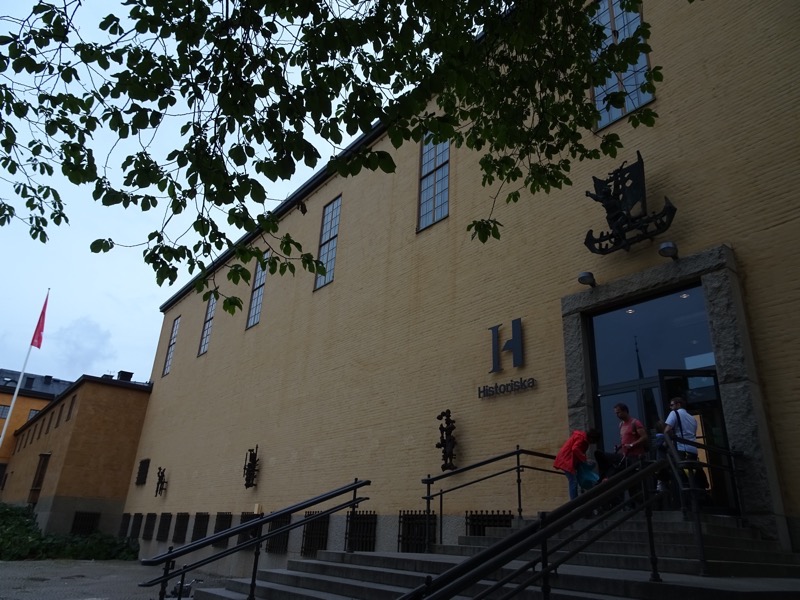
The museum itself was founded in 1866 and is a government run agency that covers Swedish archaeology and cultural history from the Mesolithic period to the modern era – thankfully not a lot of that modern era bit. The collections were started based on objects collected by various Swedish monarchs from the late 1800s and have grown from there.
Wealthy farmers and aristocrats alike, had rune stones and petroglyphs (picture stones) made, usually to commemorate dead relatives. They were made by specialist stone cutters and were painted in strong colours. Most of the rune stones at this museum have come from Gotland.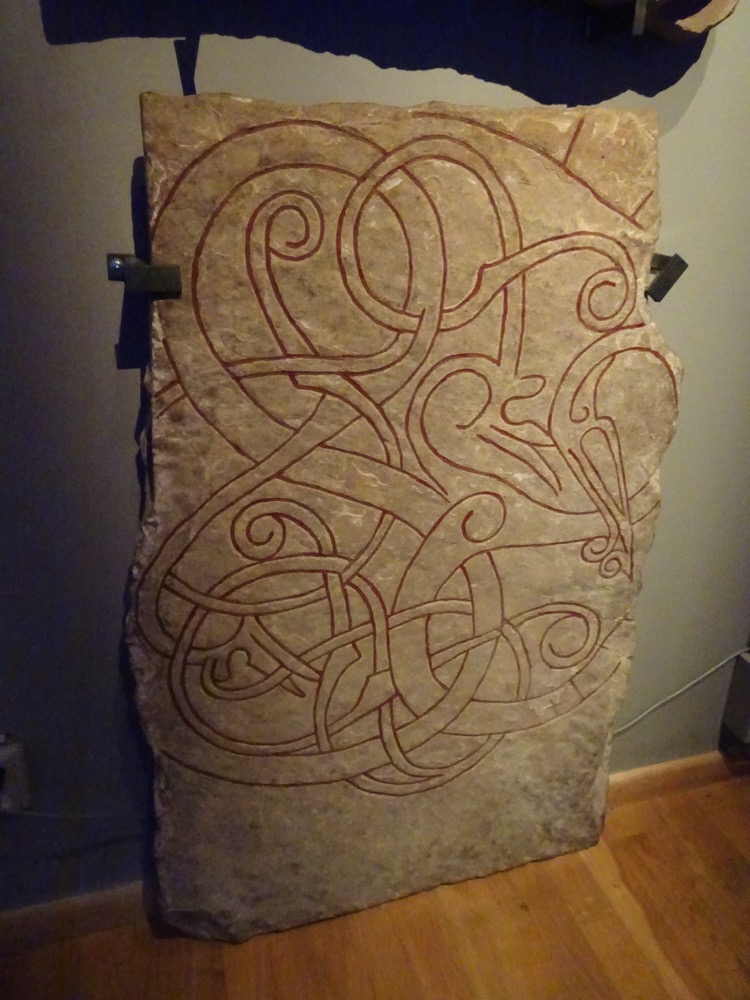 Brooches and pendants galore!
Brooches and pendants galore!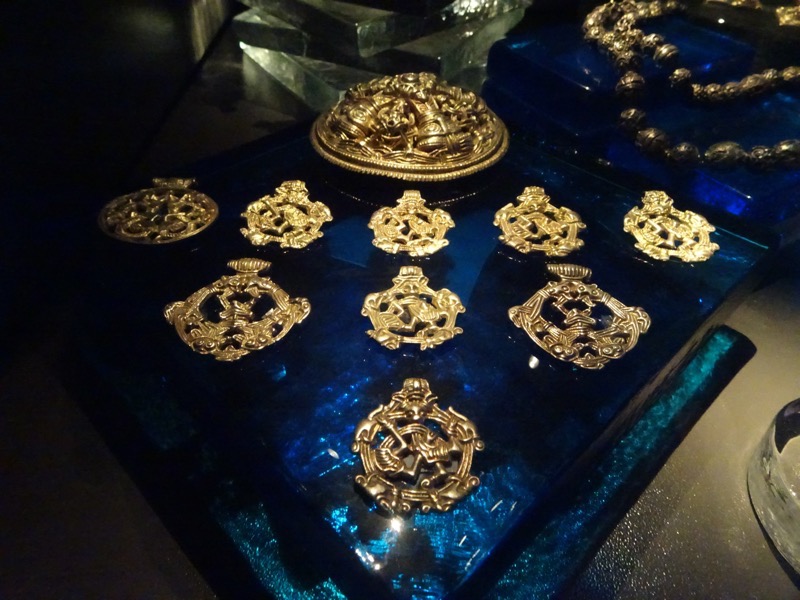 Viking era swords with magnificent pommels (more detailed pictures will be included in the other post).
Viking era swords with magnificent pommels (more detailed pictures will be included in the other post).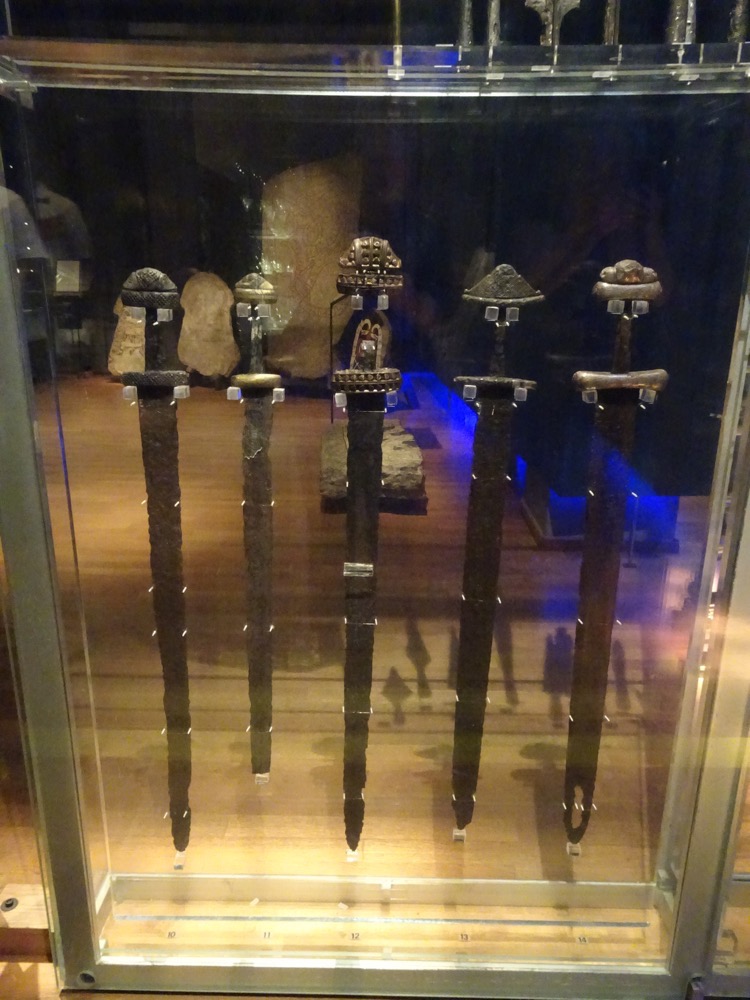 Grave finds from a Birka Princess – brooches, and beads, coat clasp.
Grave finds from a Birka Princess – brooches, and beads, coat clasp.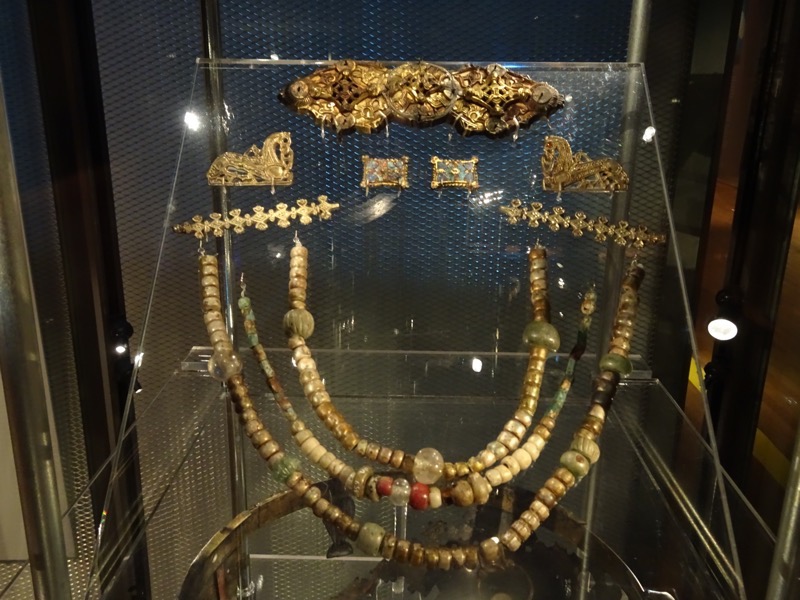
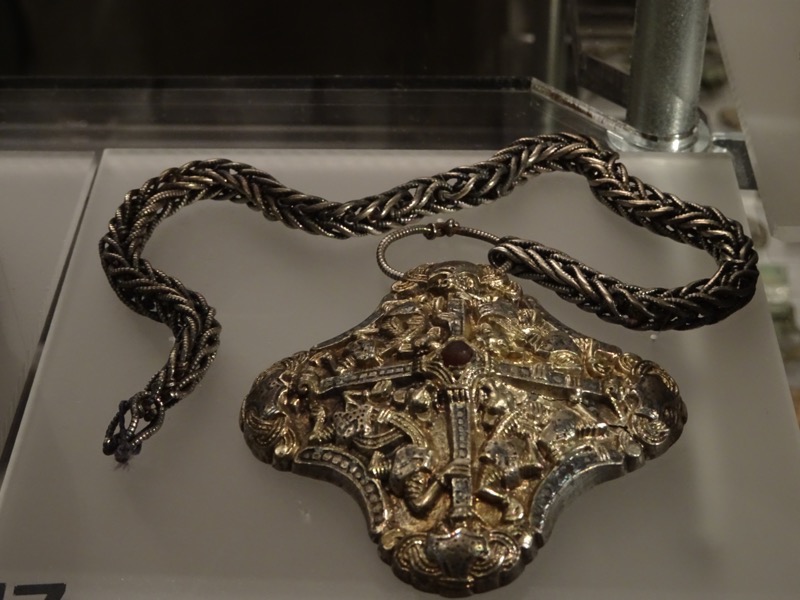 The Gold Room – a chamber under the museum that houses over 3000 gold and silver artefacts.
The Gold Room – a chamber under the museum that houses over 3000 gold and silver artefacts.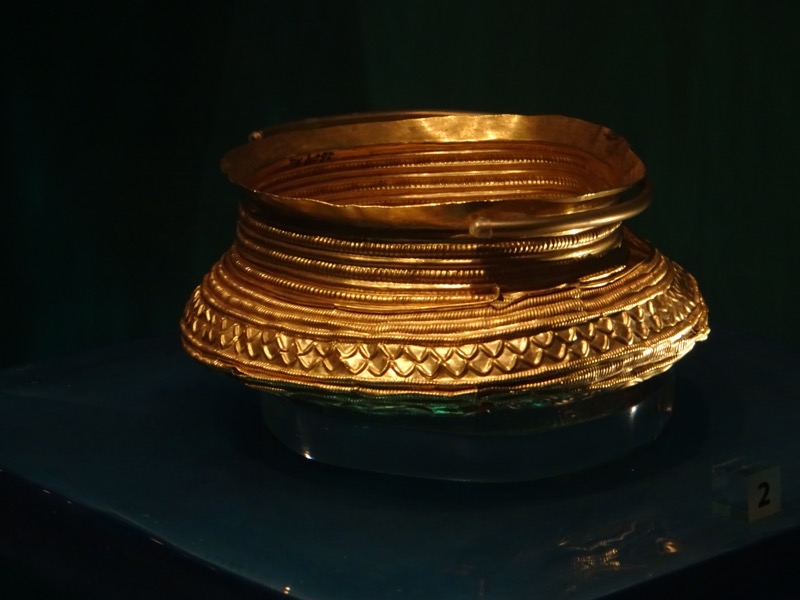
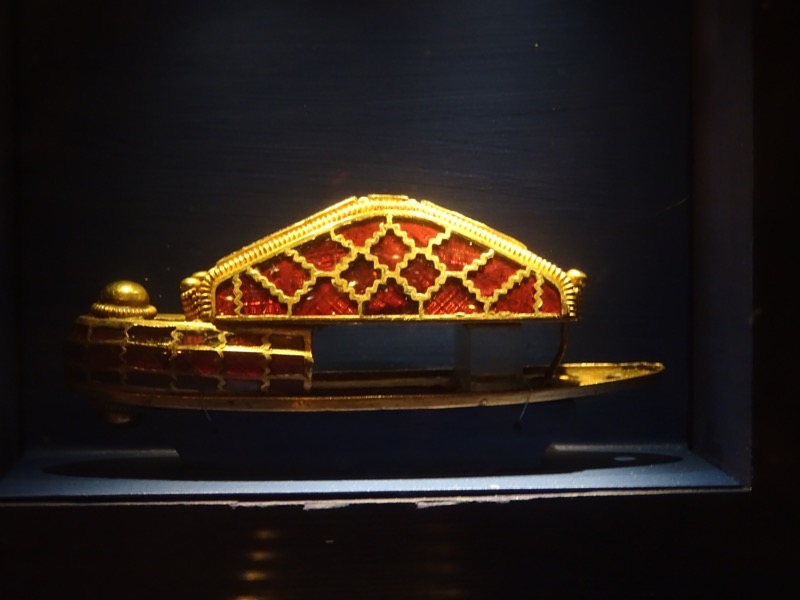
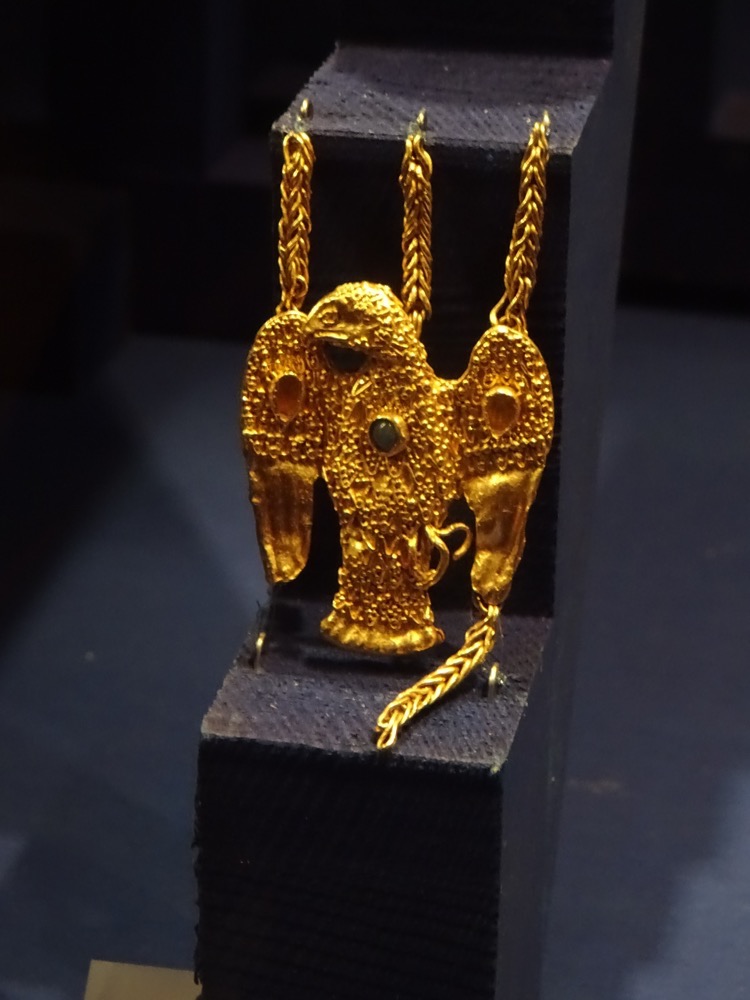 In the courtyard during the summer, re-enactors set up tents, cook, do blacksmithing, weave, and display the Viking lifestyle.
In the courtyard during the summer, re-enactors set up tents, cook, do blacksmithing, weave, and display the Viking lifestyle.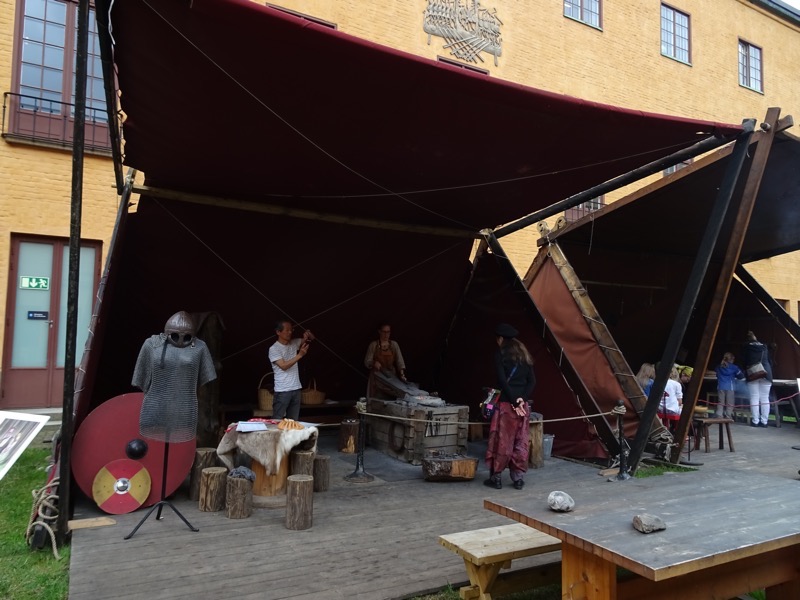
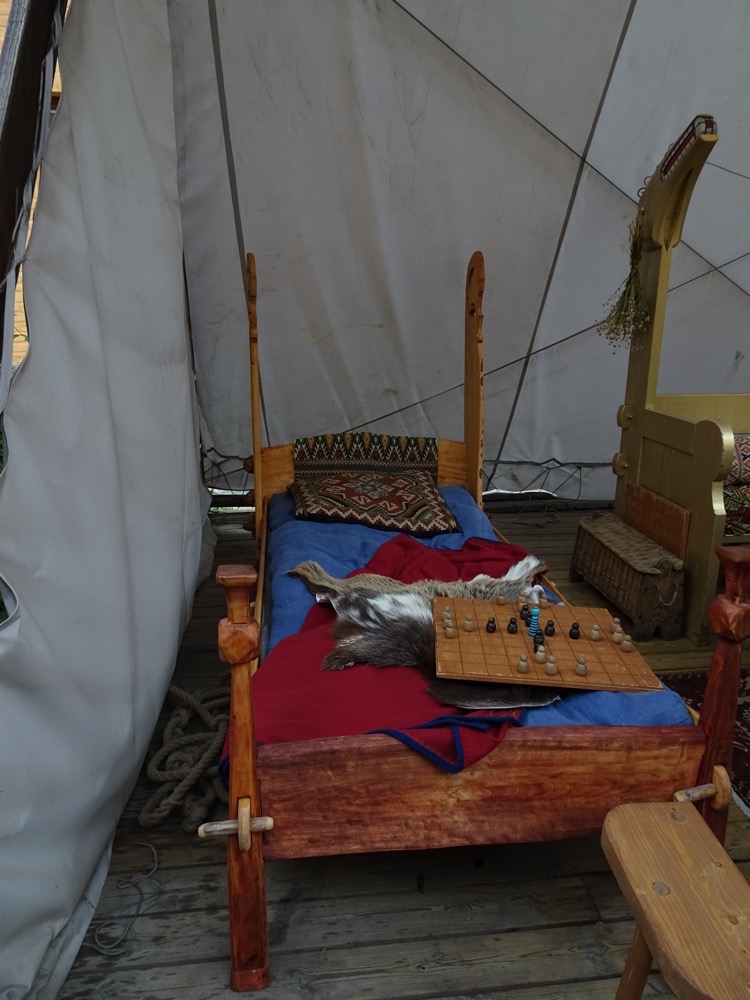
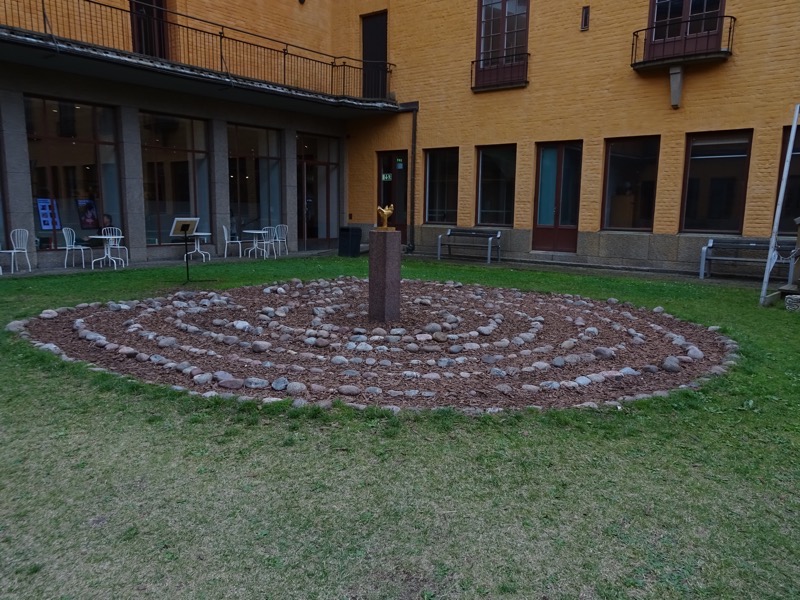
After the Historiska Museet, I was meeting Mr K at the Gamla Stan for a bit of a walking tour. We ended up doing our own walking tour of the area and wound through the cobbled medieval streets marvelling at the old buildings, as they have been repurposed to be tourist central – lots of cafes, restaurants and souvenir shops selling all things Swedish… well, at the very least, a lot of things made in China that have ‘Sweden’ written all over them! 😉
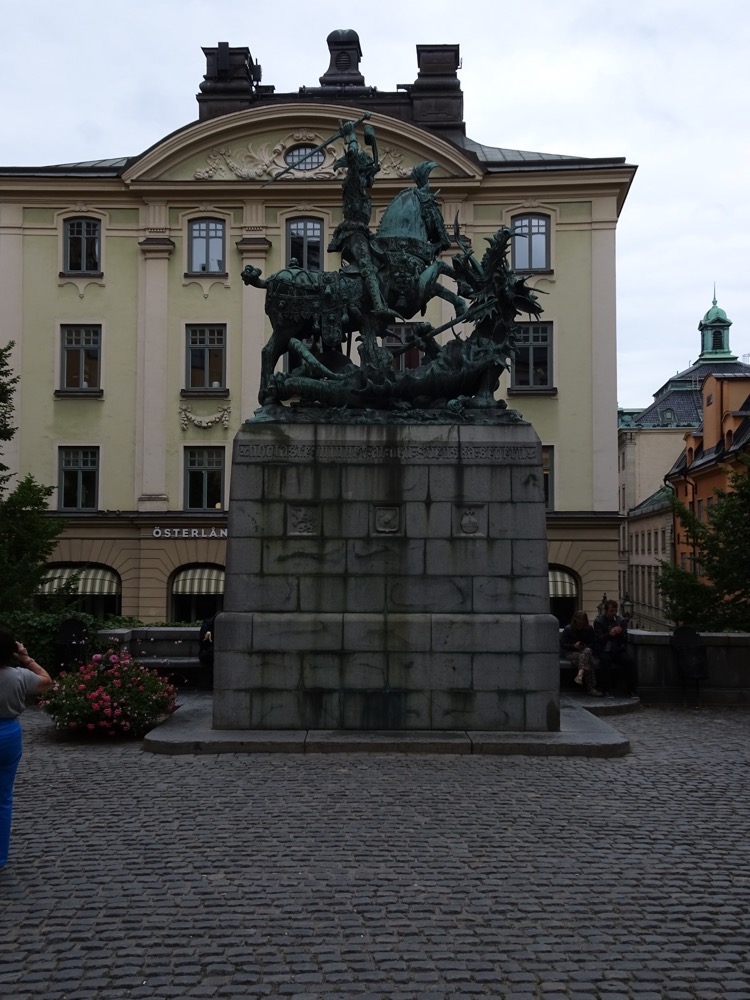 St George slaying the Dragon statue is a popular trope
St George slaying the Dragon statue is a popular trope
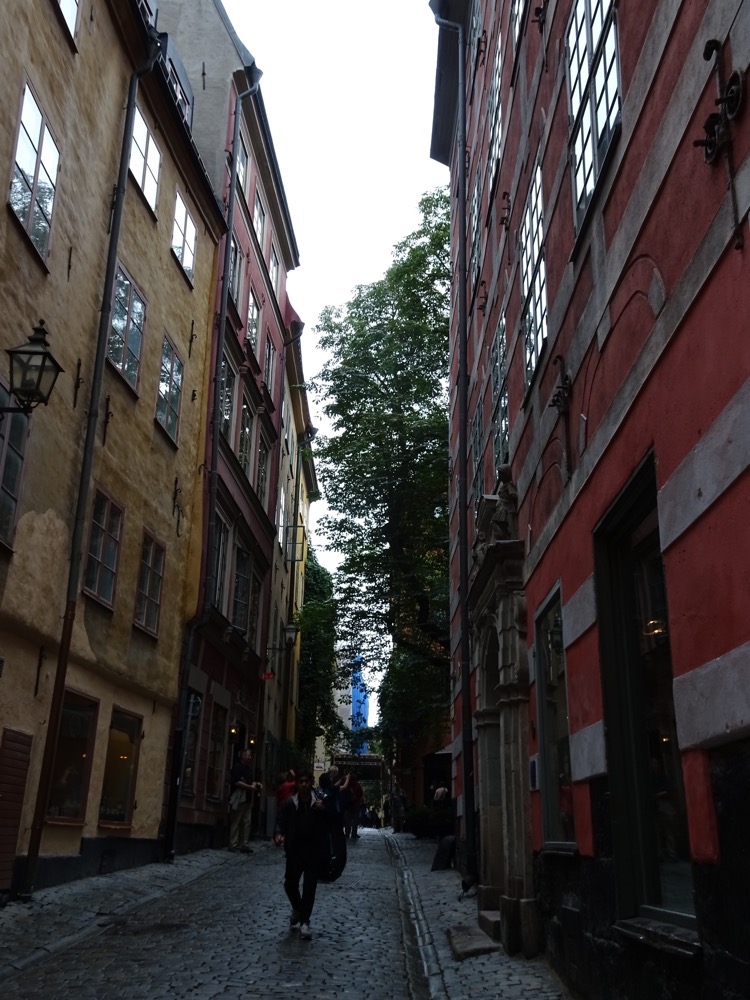 Gamla stan is the old town of Stockholm it consists primarily of the island of Stadsholmen. This area of the town dates back to the 13thC and is largely winding medieval alleyways, rough cobbled streets (that I have no idea how ladies in high heels navigate safely), and archaic architecture. The North German style of architecture is very prevalent here and is evident in all the Gamla stan’s construction. With the exception of the square I imagine, that many of these streets rarely see sunlight in winter.
Gamla stan is the old town of Stockholm it consists primarily of the island of Stadsholmen. This area of the town dates back to the 13thC and is largely winding medieval alleyways, rough cobbled streets (that I have no idea how ladies in high heels navigate safely), and archaic architecture. The North German style of architecture is very prevalent here and is evident in all the Gamla stan’s construction. With the exception of the square I imagine, that many of these streets rarely see sunlight in winter.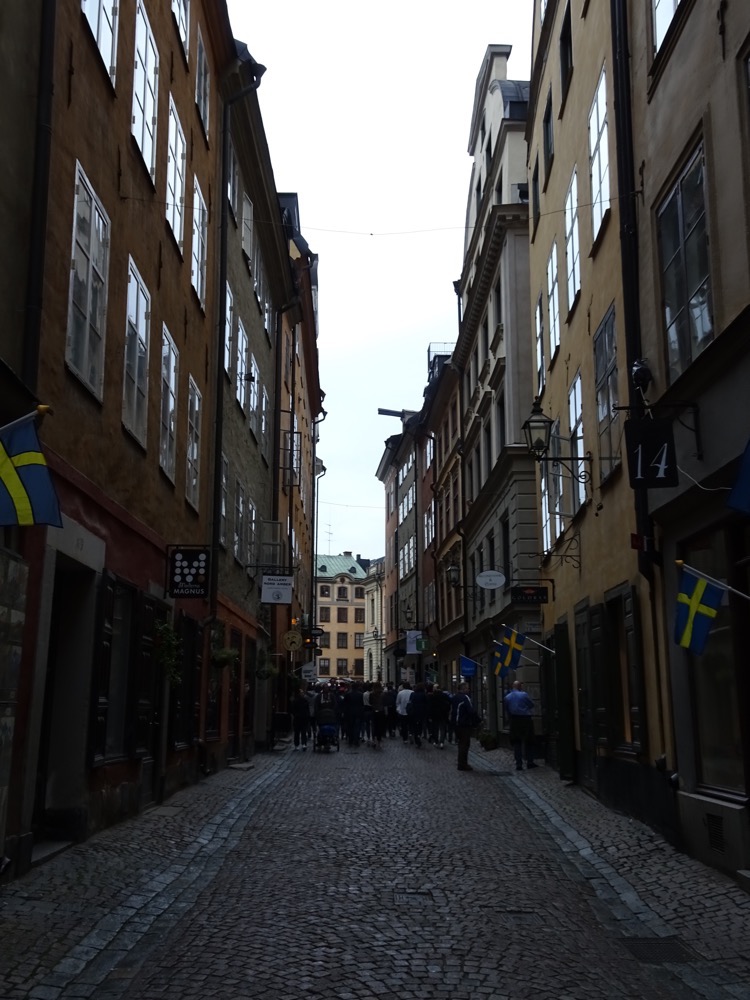
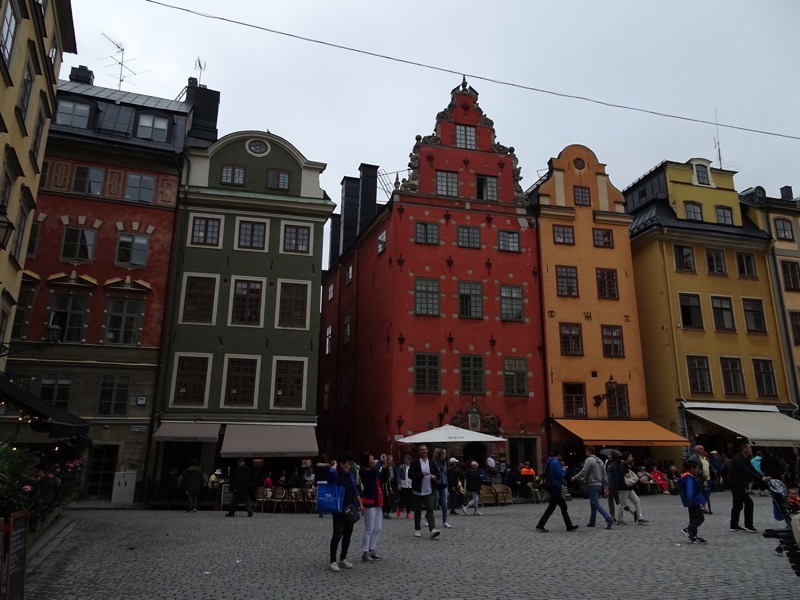 This space is the Stortorget which is the large public square in the centre of Gamla Stan. Surrounding it are rows of old merchants’ houses, including the Stockholm Stock Exchange Building (which now houses the Nobel Museum that I went to the other day). The square was the site of the Stockholm Bloodbath in Nov 1520, where Swedish aristocrats and nobility were massacred by the Danish King, Christian II. The subsequent revolt and civil war led to the dissolution of the Kalmar Union and soon followed the election of King Gustav I – well worth reading up on if you are interested in medieval history.
This space is the Stortorget which is the large public square in the centre of Gamla Stan. Surrounding it are rows of old merchants’ houses, including the Stockholm Stock Exchange Building (which now houses the Nobel Museum that I went to the other day). The square was the site of the Stockholm Bloodbath in Nov 1520, where Swedish aristocrats and nobility were massacred by the Danish King, Christian II. The subsequent revolt and civil war led to the dissolution of the Kalmar Union and soon followed the election of King Gustav I – well worth reading up on if you are interested in medieval history.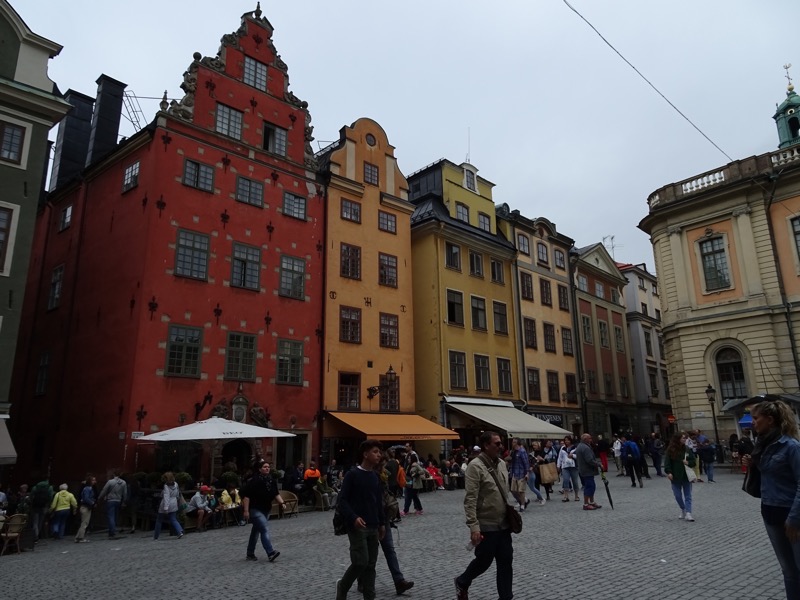
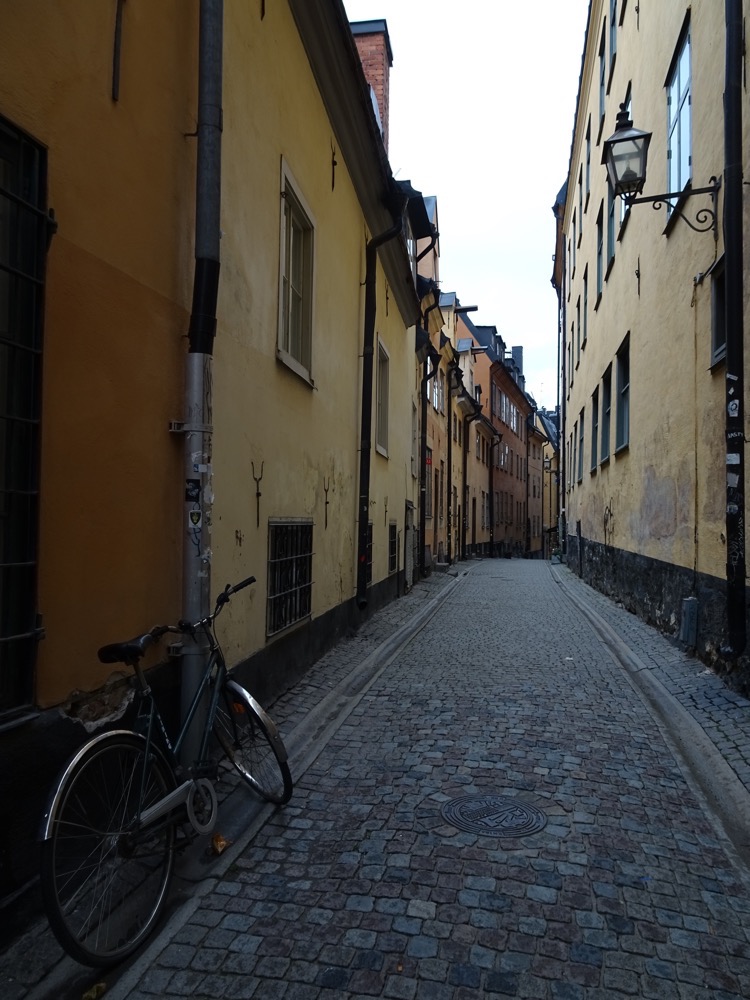 Love the picturesque cobbled streets. Below… ‘authentic’ Swedish souvenirs. 😉
Love the picturesque cobbled streets. Below… ‘authentic’ Swedish souvenirs. 😉 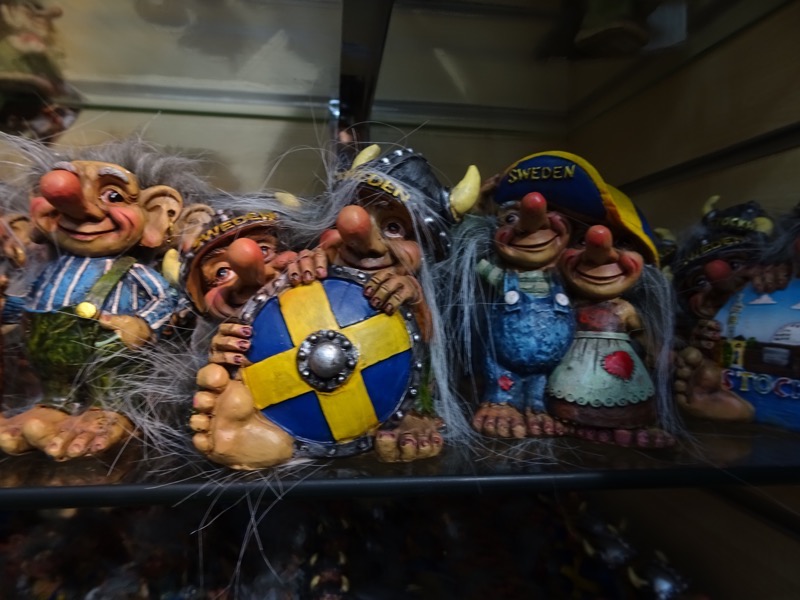
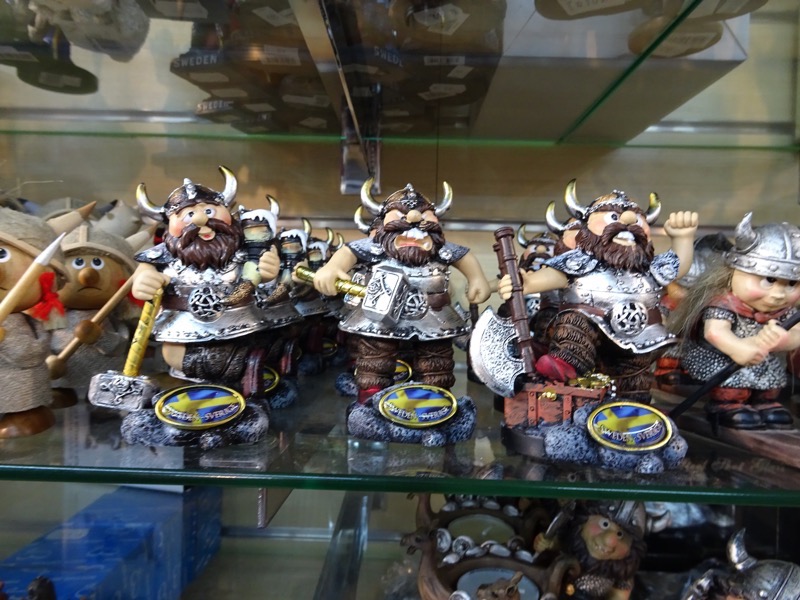
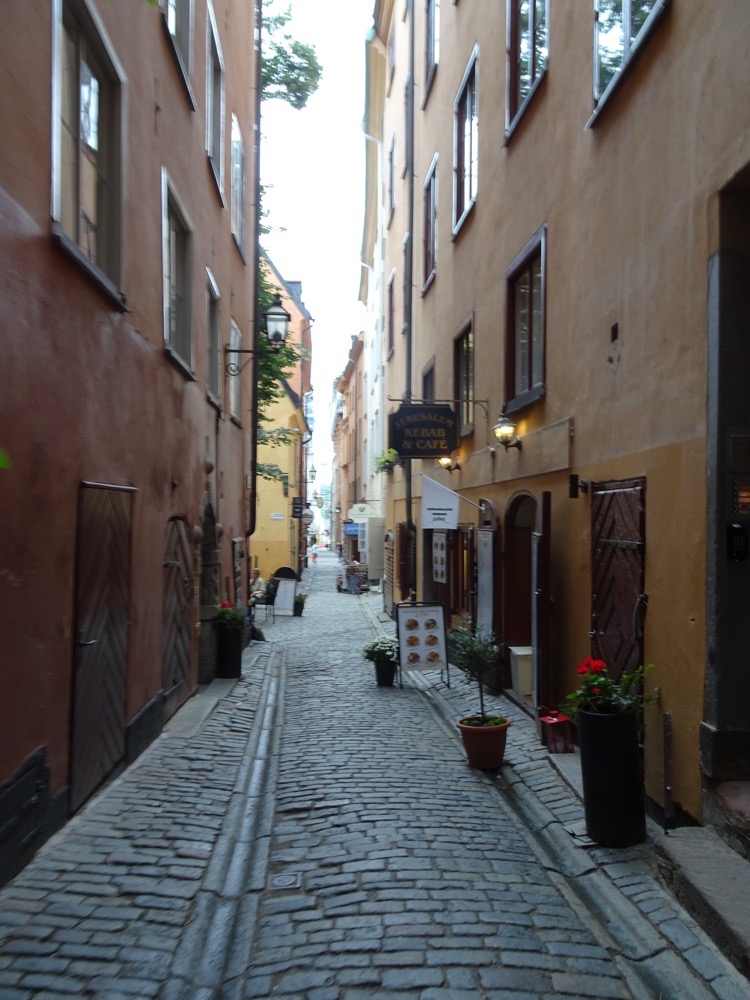 This is a little cafe down a quiet side street, where we stopped for a quick bite to eat.
This is a little cafe down a quiet side street, where we stopped for a quick bite to eat.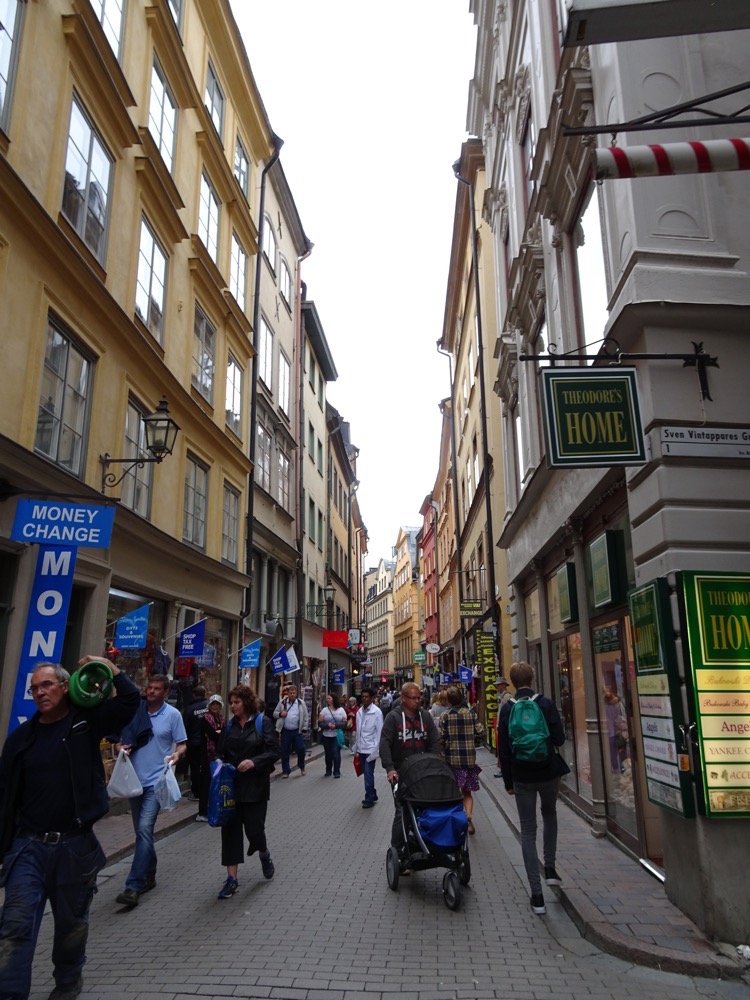 On our way out of the Gamla Stan, we stumbled over a boiled sweets store. I always love watching the sugar workers make these. The shop has an aroma that entices you in from half way up the street, and contains wall to wall candy to take home.
On our way out of the Gamla Stan, we stumbled over a boiled sweets store. I always love watching the sugar workers make these. The shop has an aroma that entices you in from half way up the street, and contains wall to wall candy to take home.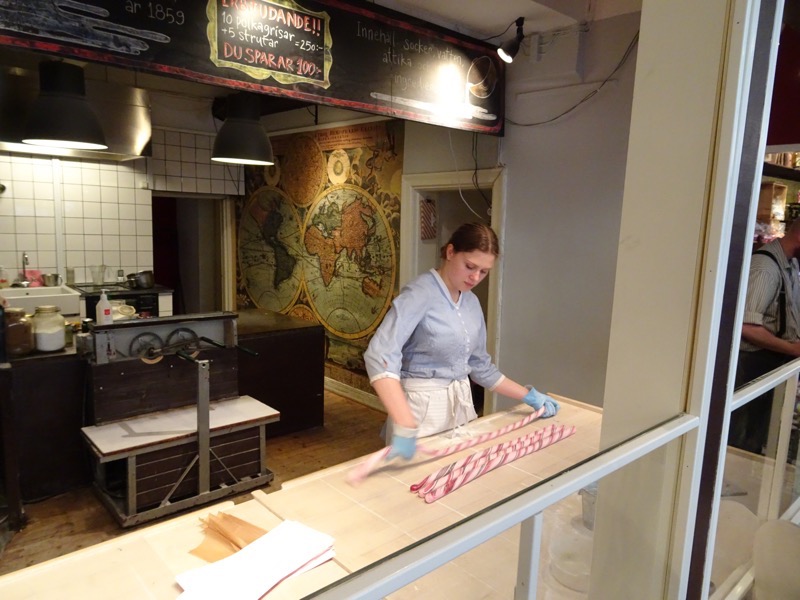
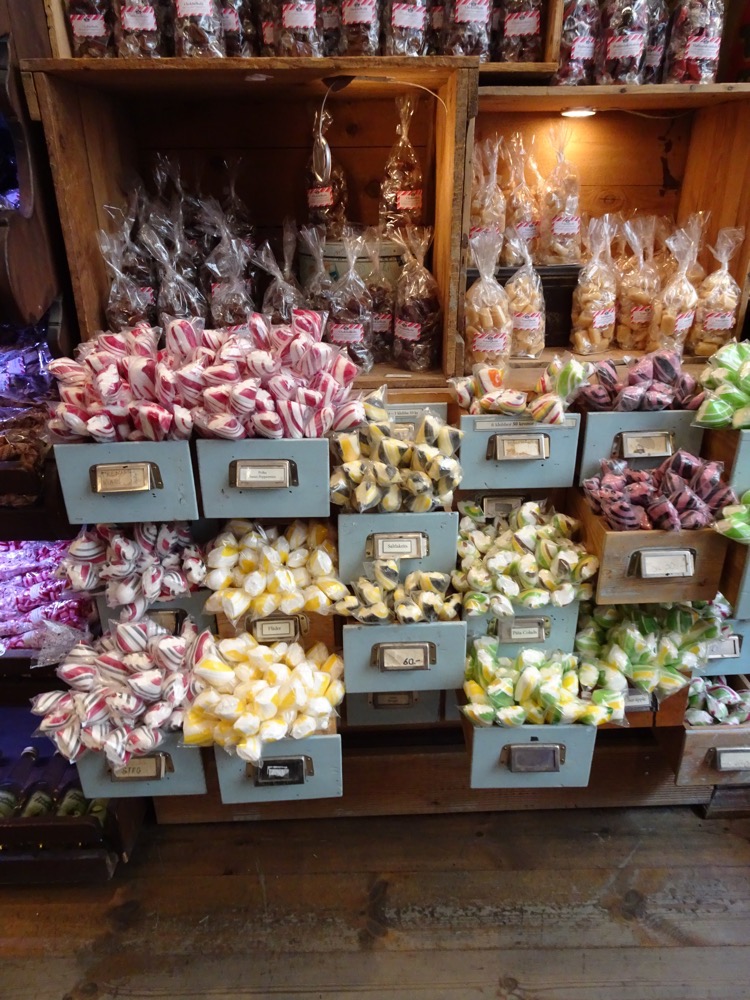
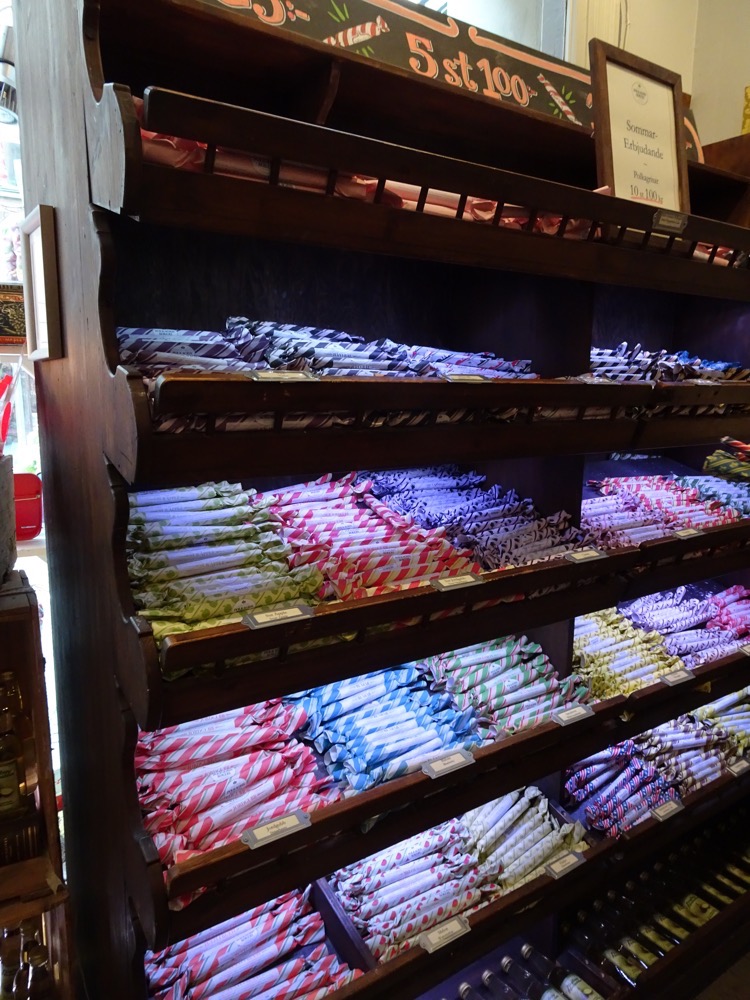
After we left the Gamla stan we had to hightail it by the subway to the Nybrogaten harbour to re-join the conference delegates to do a tour of the Stockholm Archipelago. As soon as we alighted the canal boat, we were welcomed to the Baltic Sea. Which very probably means very little, but sounded very cool to someone who lives closest to the Coral and Tasman Seas. 🙂  This fortification marked the old entrance to the city of Stockholm, the flag that flies over the tower is raised in times of peace and has been raised every day for the last 203 years.
This fortification marked the old entrance to the city of Stockholm, the flag that flies over the tower is raised in times of peace and has been raised every day for the last 203 years. 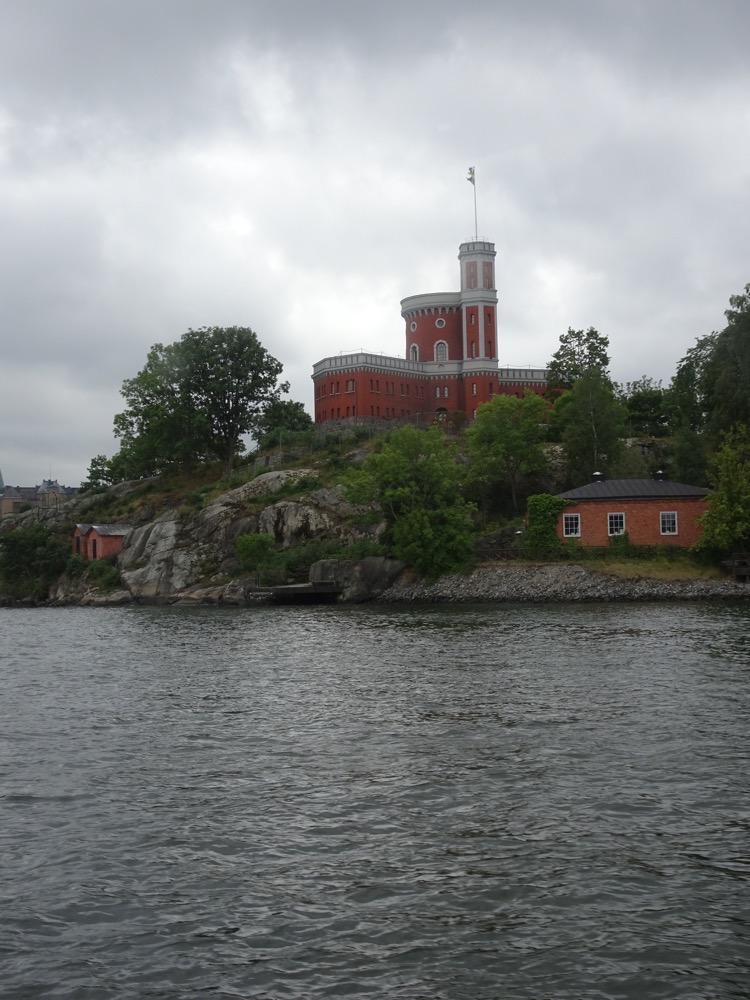
Formerly called the ‘Dunboyne’ (1888–1915) and then, the ‘G.D Kennedy’ (1915-23), but now the ‘af Chapman’, is a full-rigged steel ship that moored on the shore of the small island of Skeppsholmen in central Stockholm. It was a military ship, a training ship, a barracks ship – and now it serves as a floating youth hostel. 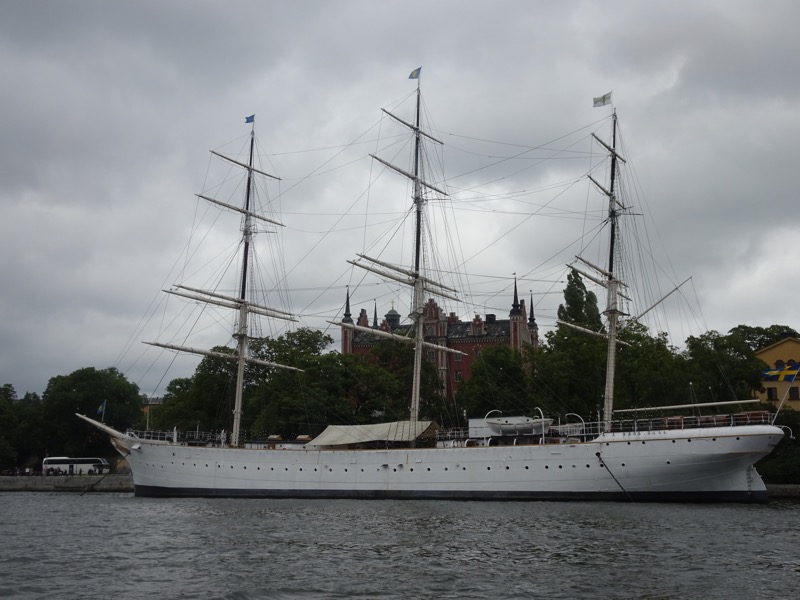 The oldest Clock Tower in the Gamla Stan beside the Royal Palace as seen from the canal.
The oldest Clock Tower in the Gamla Stan beside the Royal Palace as seen from the canal.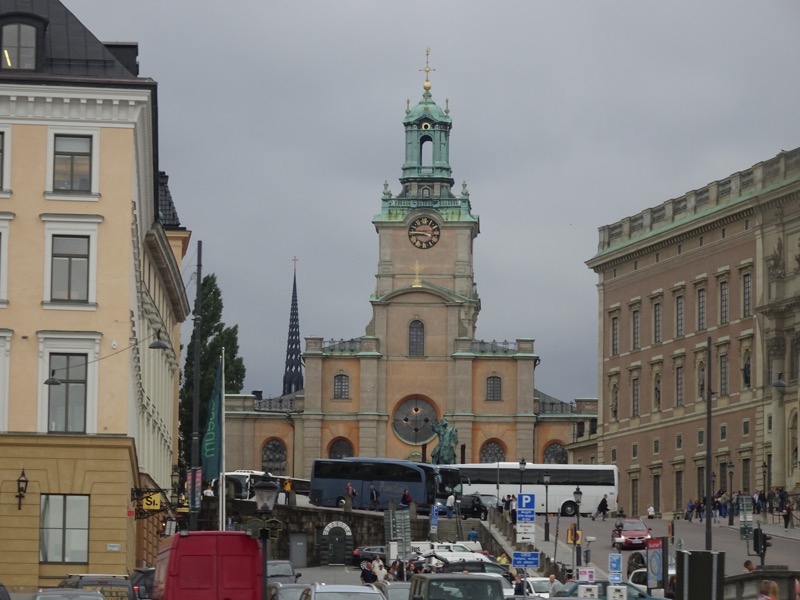 Wealthy merchants and nobles fought for land to build their homes along the canal front as premiere real estate as early as the 1500s.
Wealthy merchants and nobles fought for land to build their homes along the canal front as premiere real estate as early as the 1500s.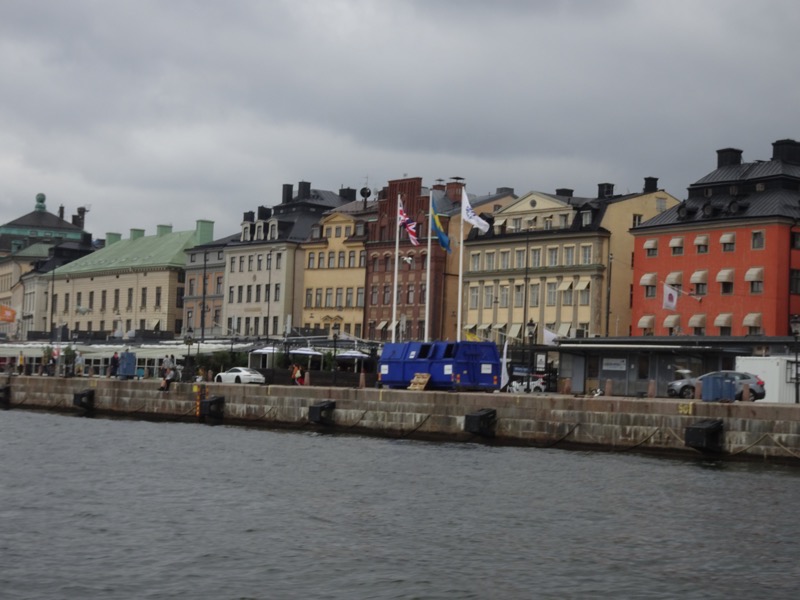 Many Swedes (like Norwegians) take the annual holidays in July. They tend not to travel far from home and like to go to their family holiday homes in the archipelagos. One in six Stockholmers owns a boat primarily for use during the summer – all of which are lifted out of the water at the end of August for the coming winter.
Many Swedes (like Norwegians) take the annual holidays in July. They tend not to travel far from home and like to go to their family holiday homes in the archipelagos. One in six Stockholmers owns a boat primarily for use during the summer – all of which are lifted out of the water at the end of August for the coming winter.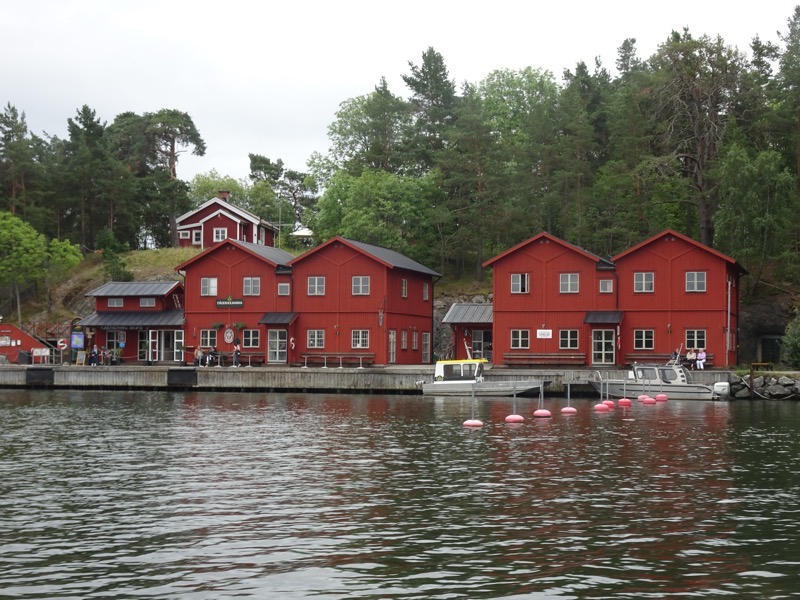 These beautiful oxblood coloured buildings are very typical of this area, and the home range from mansion sized to cosy cottages.
These beautiful oxblood coloured buildings are very typical of this area, and the home range from mansion sized to cosy cottages.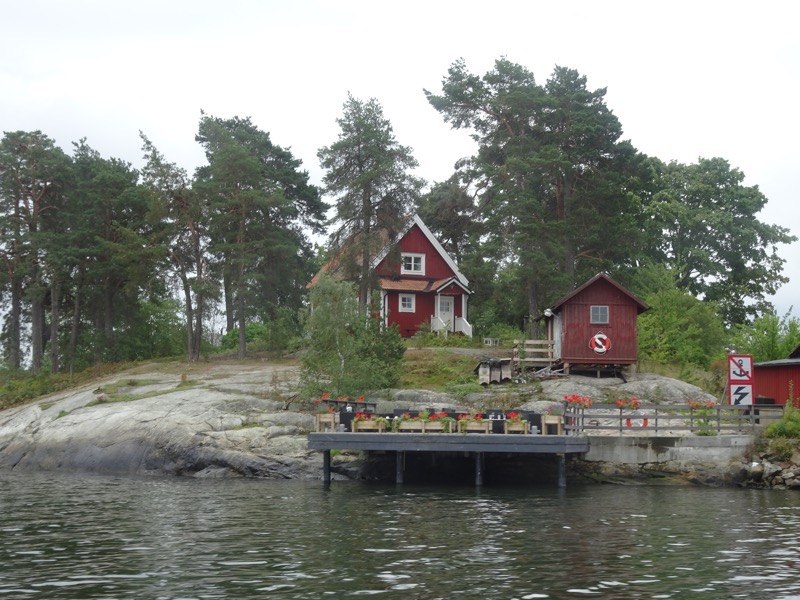 The large naval base located near the entrance to Stockholm’s CBD.
The large naval base located near the entrance to Stockholm’s CBD.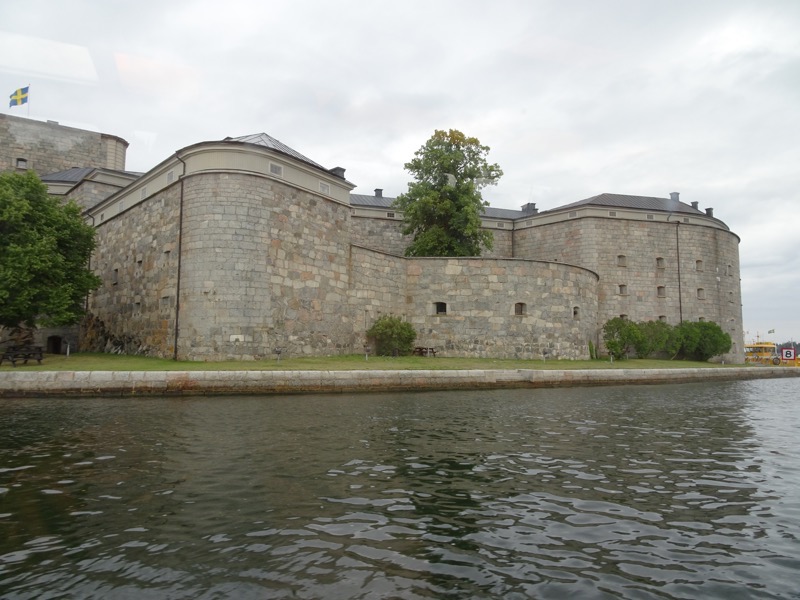
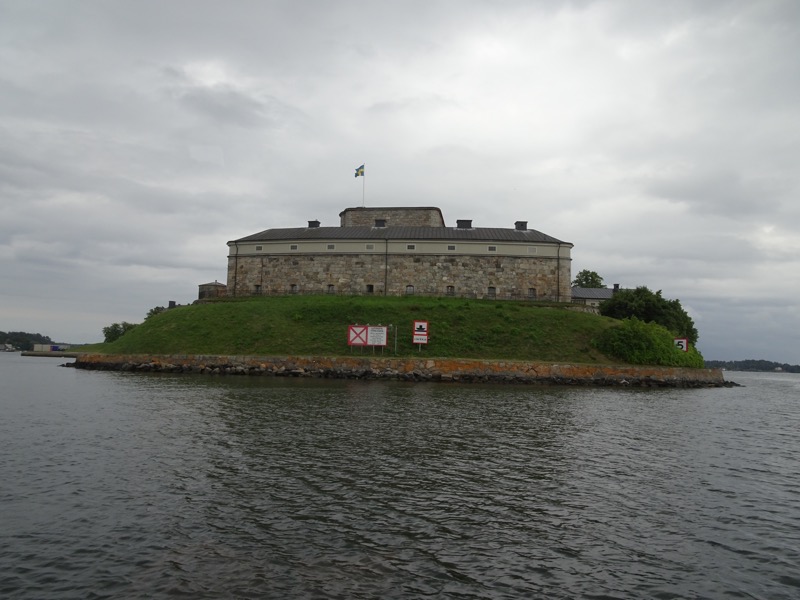
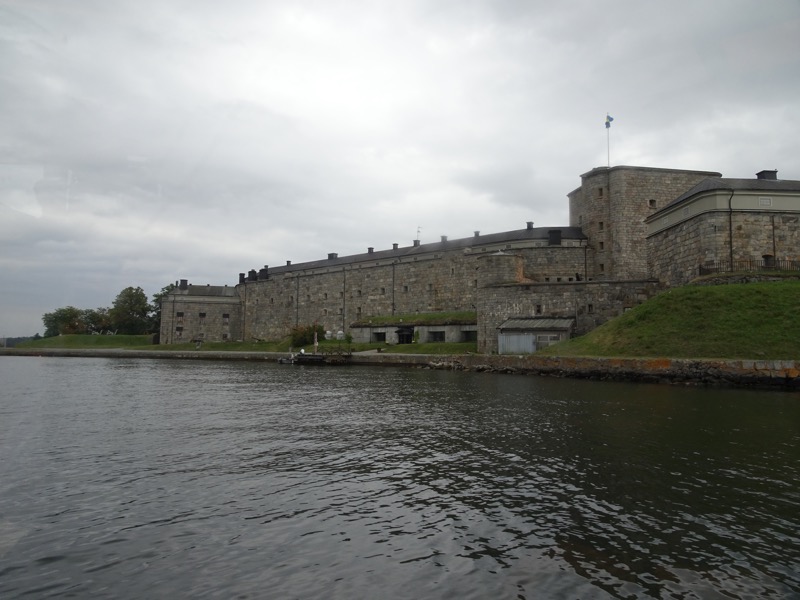 The Tivoli fun park… that is one of those chair swing things, about 100′ off the ground. Not sure how fond I’d be of that plan!
The Tivoli fun park… that is one of those chair swing things, about 100′ off the ground. Not sure how fond I’d be of that plan! 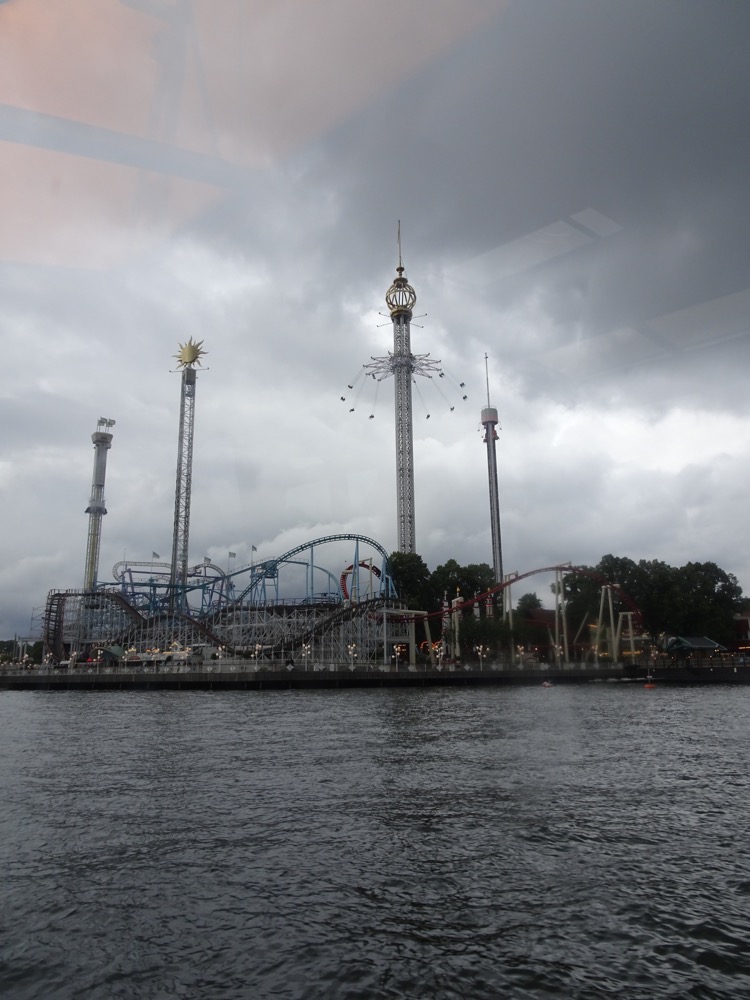
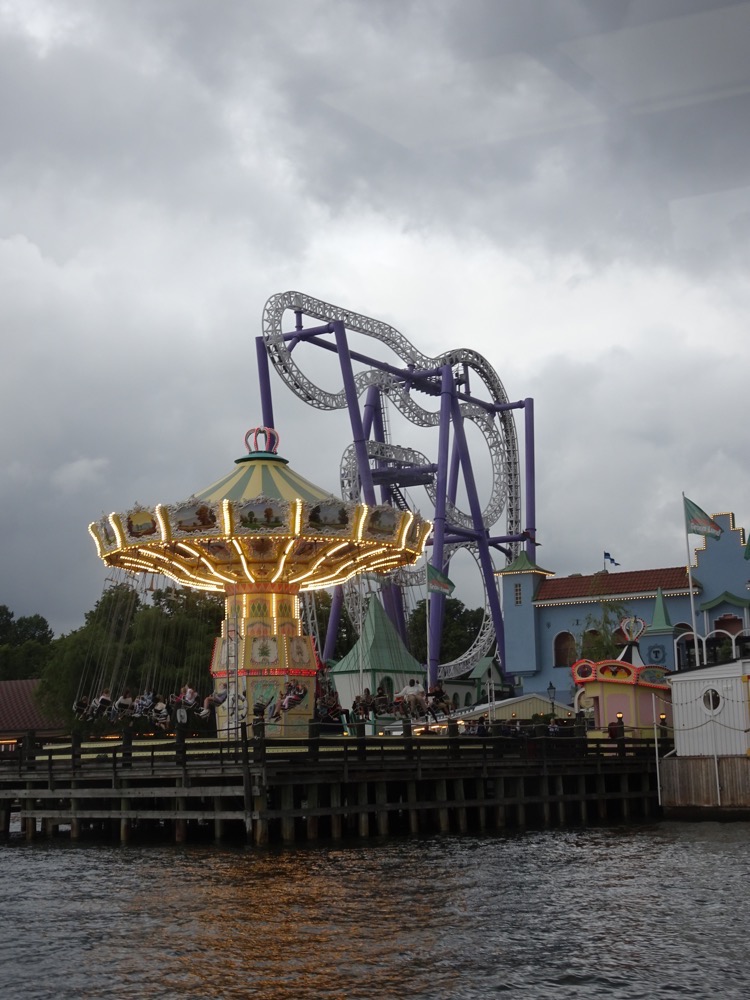 The Vasa Museet, where we are headed for our conference dinner tonight. The Museum was built to cleverly show the size of the ship – when it sank, it went down in only 33m of water, leaving the main masts still present marking the spot. At the time, the shipbuilders fairly swiftly cut the masts for a variety of reasons, not the least of which was it sank in a busy waterway and they were a hazard, but also to remove the visual symbol of this huge seafaring failure. The museum designers Marianne Dahlbäck and Göran Månsson incorporated this fact into their architectural design showing on the outside of the museum just how much of the masts would have been visible after the Vasa sank.
The Vasa Museet, where we are headed for our conference dinner tonight. The Museum was built to cleverly show the size of the ship – when it sank, it went down in only 33m of water, leaving the main masts still present marking the spot. At the time, the shipbuilders fairly swiftly cut the masts for a variety of reasons, not the least of which was it sank in a busy waterway and they were a hazard, but also to remove the visual symbol of this huge seafaring failure. The museum designers Marianne Dahlbäck and Göran Månsson incorporated this fact into their architectural design showing on the outside of the museum just how much of the masts would have been visible after the Vasa sank.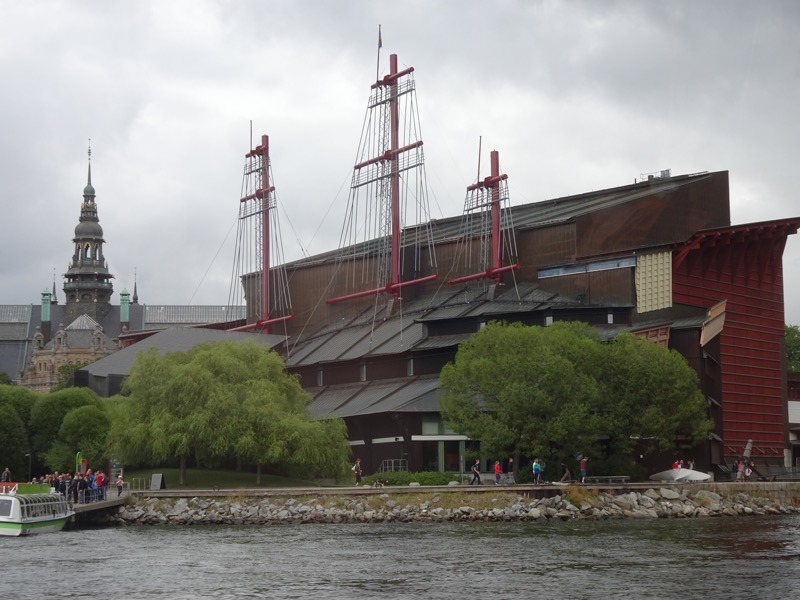
After our canal tour, we went back to our hotel to get cleaned up for the Conference dinner back at the Vasa. I have made two trips to the Vasa now and learned so much about the ship, that it too will be in a separate post so as not to clutter this day with a million photos.
The Vasa Museet is an amazing facility to have a dinner – I was sitting looking towards the ship throughout the function and could not believe I was 1) sipping champagne staring at a 300-year-old ship that had sunk, been excavated, resurrected, restored and placed in this amazing museum… and 2) doing so while surrounded by people who wanted to talk about transport policy, disruptive technologies in the transport sector, demand responsive transport, bus contracts and taxi innovation. DO THEY NOT SEE THE ENORMOUSLY IMPRESSIVE WARSHIP LOOMING OVER THEM? 😀 Sigh… I guess not everyone is as interested in history as I am. 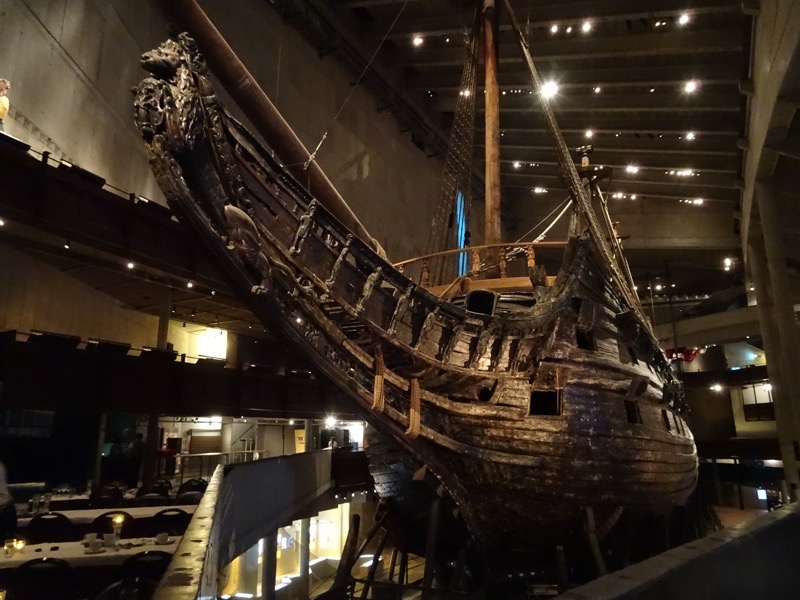
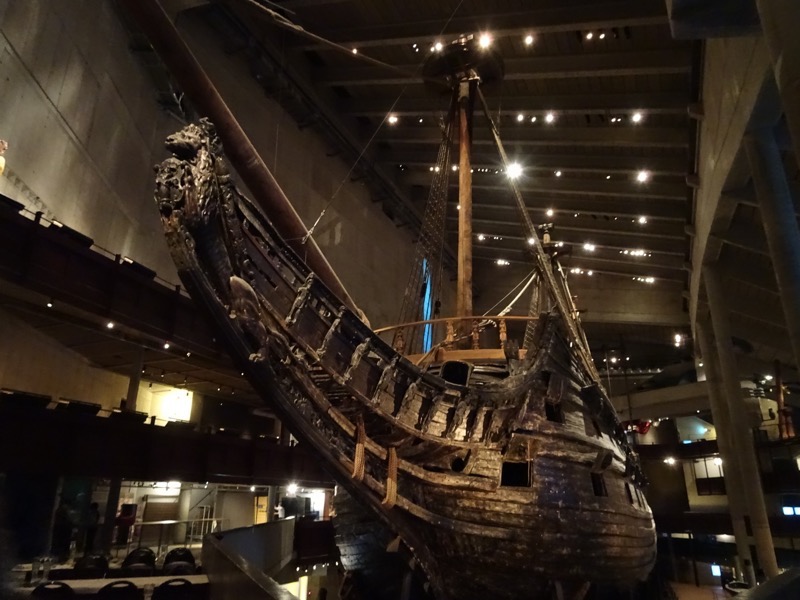 I have included some photos of the ship here – but will add a whole pile of history and detail in a future post.
I have included some photos of the ship here – but will add a whole pile of history and detail in a future post. 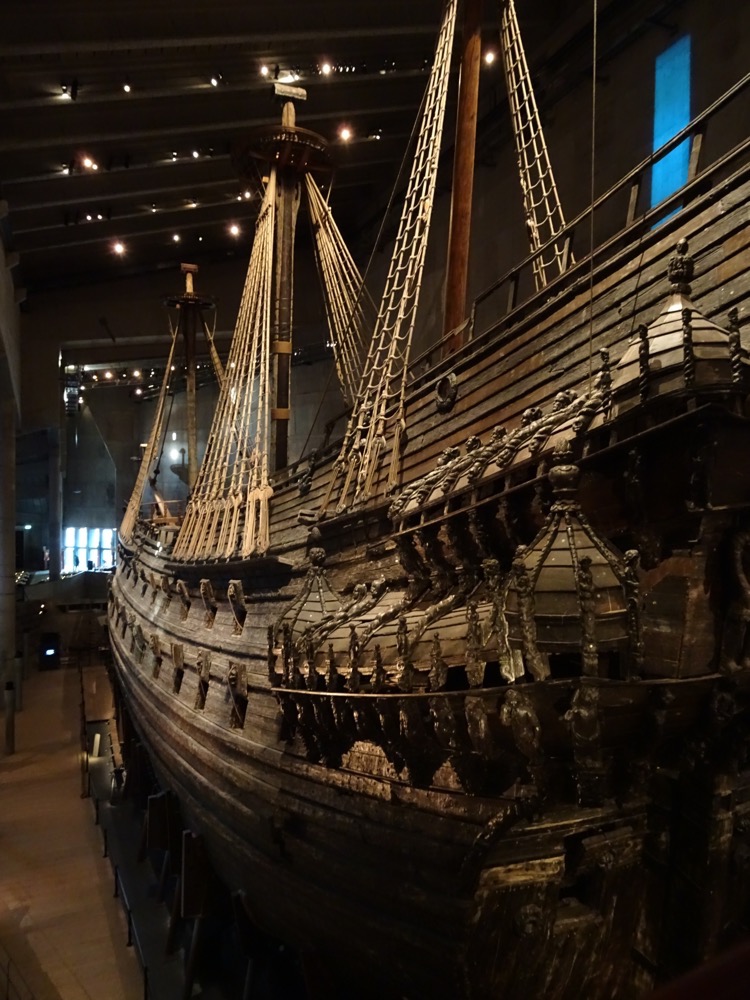
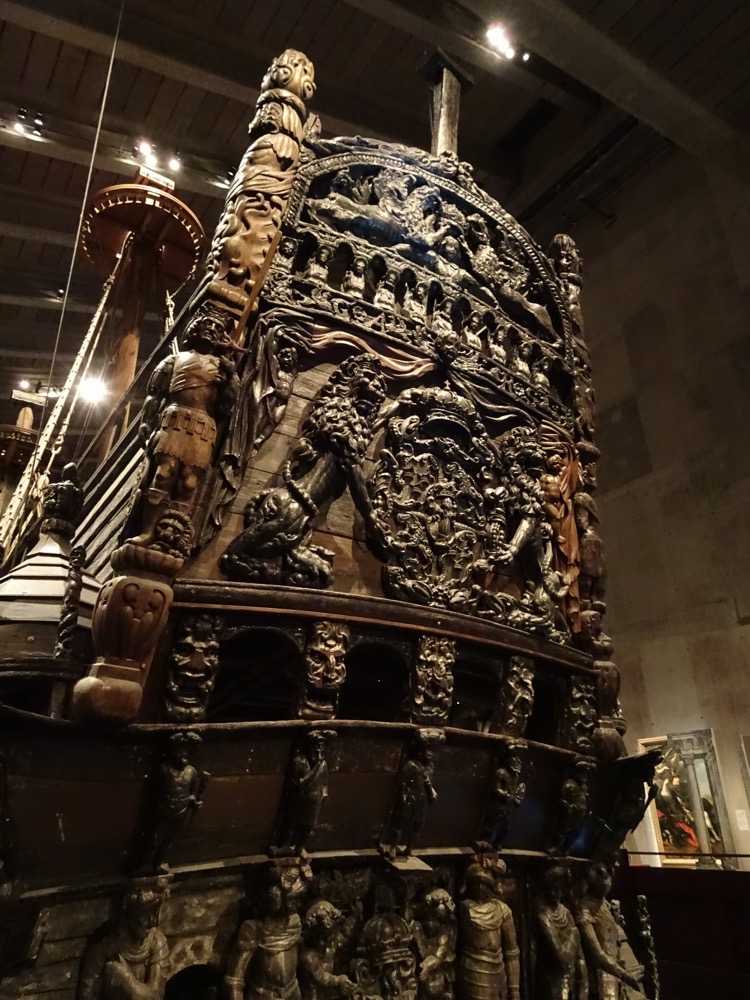
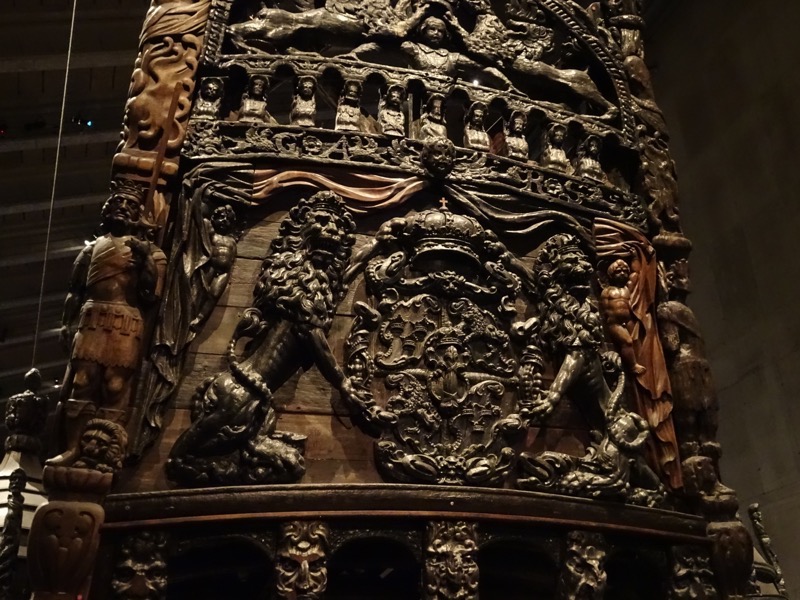 The impressa of the Vasa family…
The impressa of the Vasa family…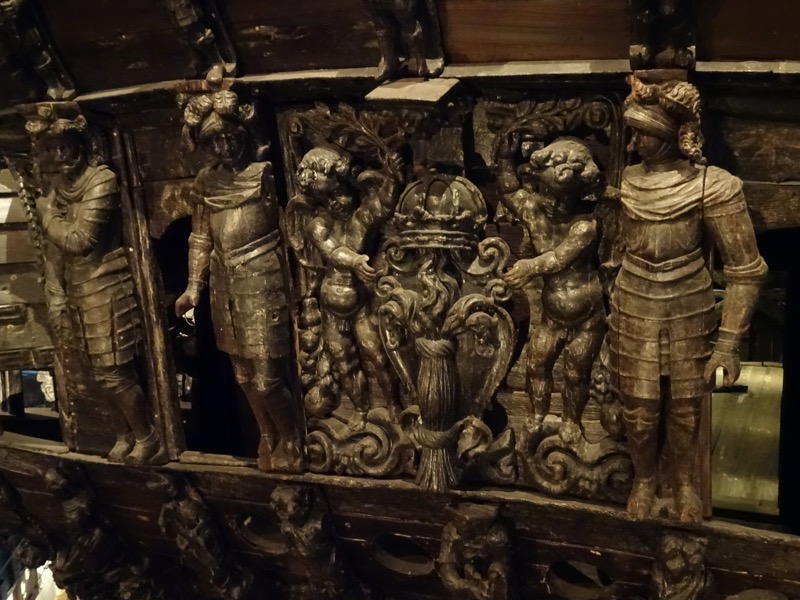
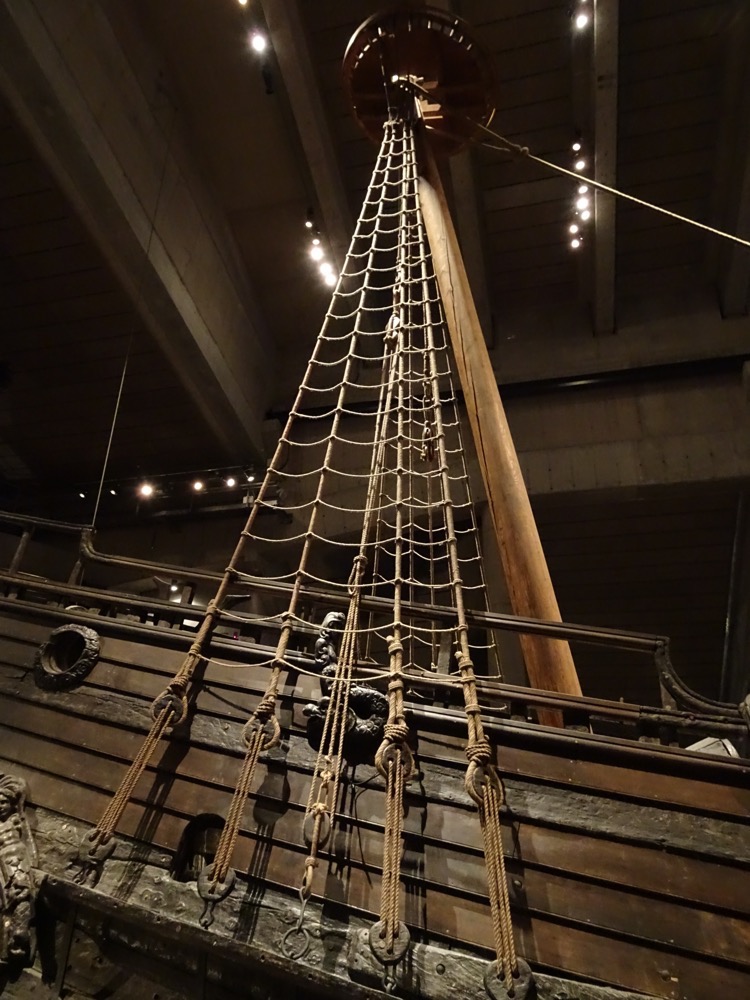
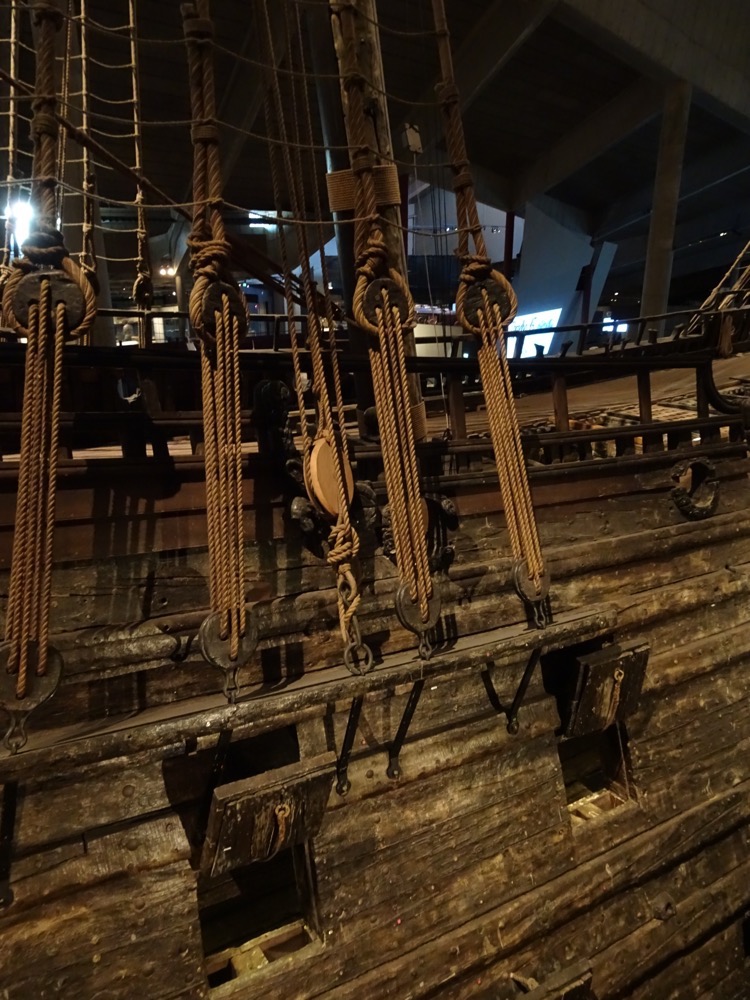
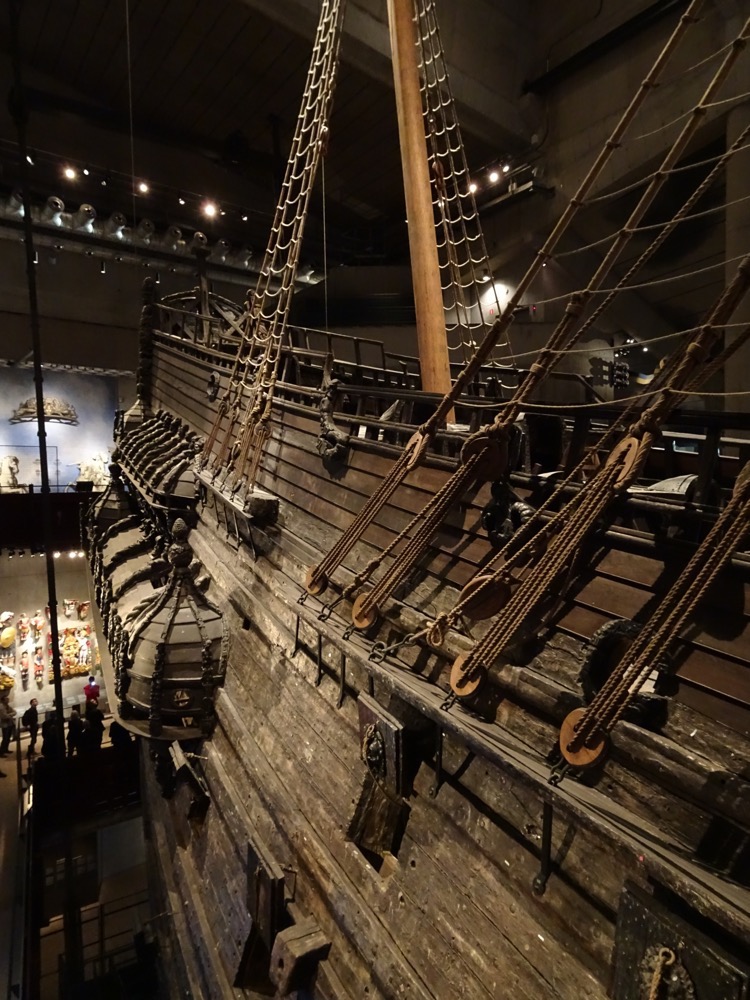
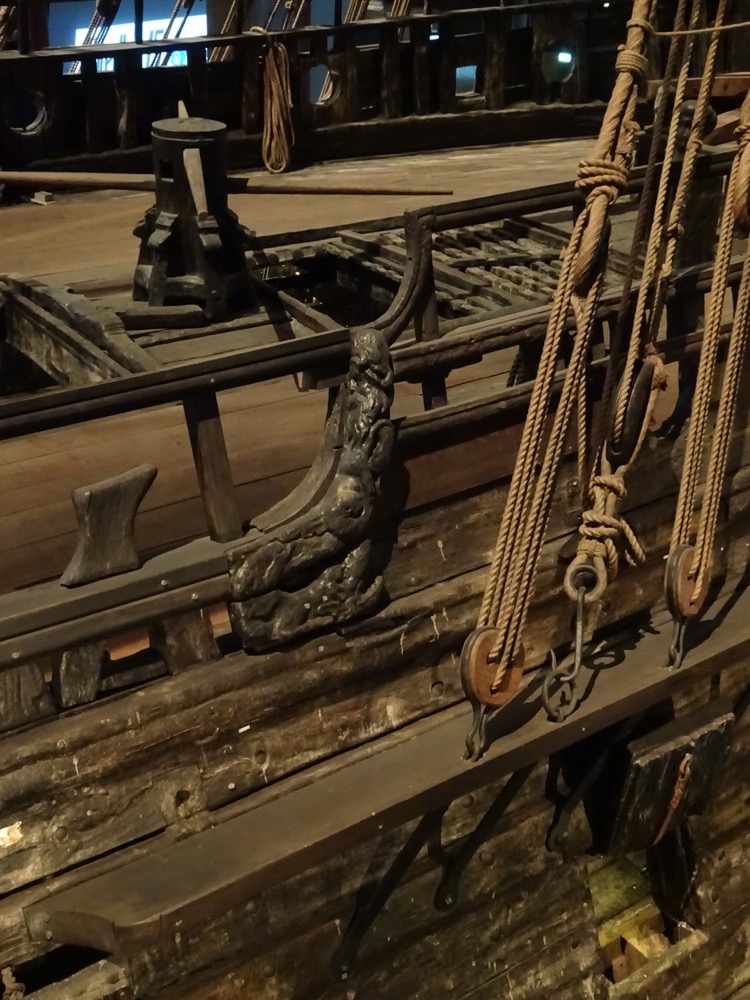
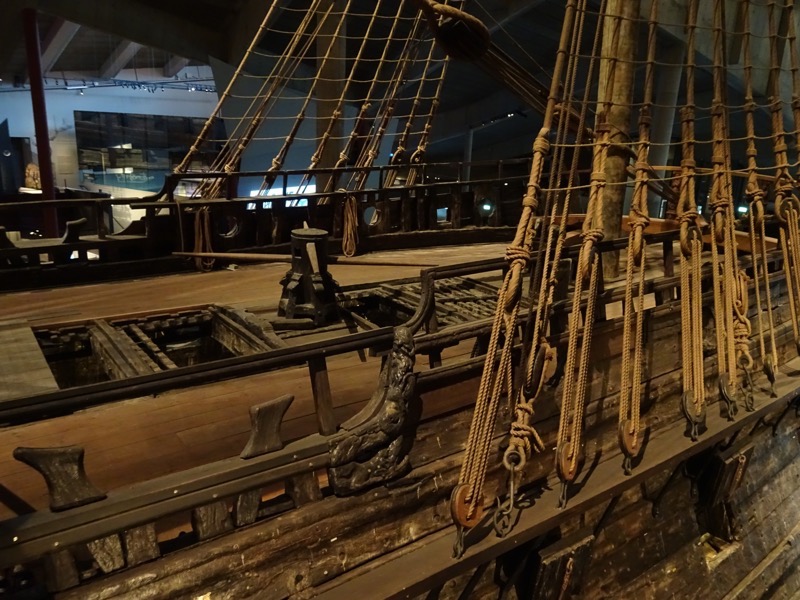
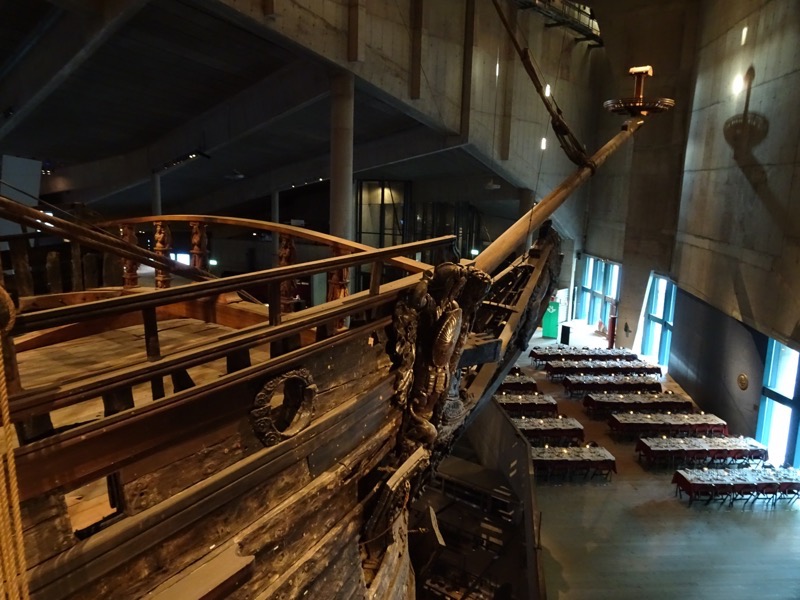
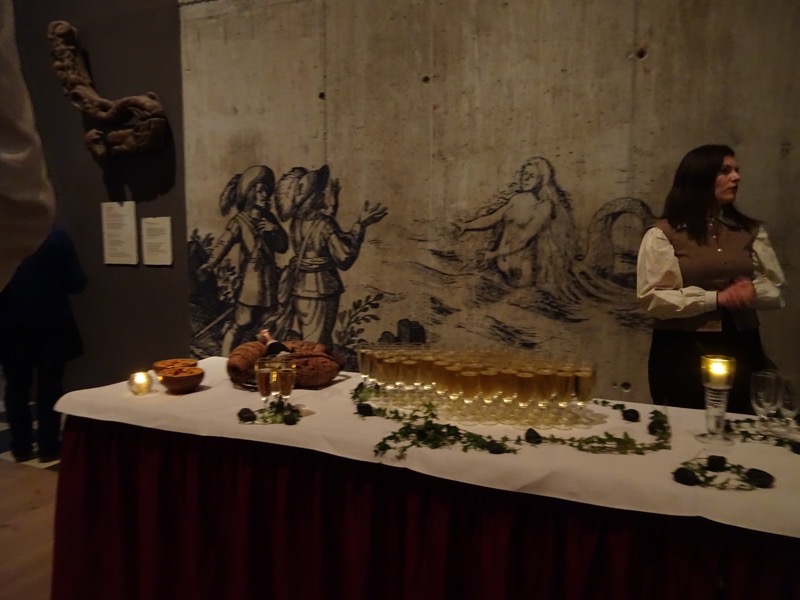 Our tables for the reception.
Our tables for the reception.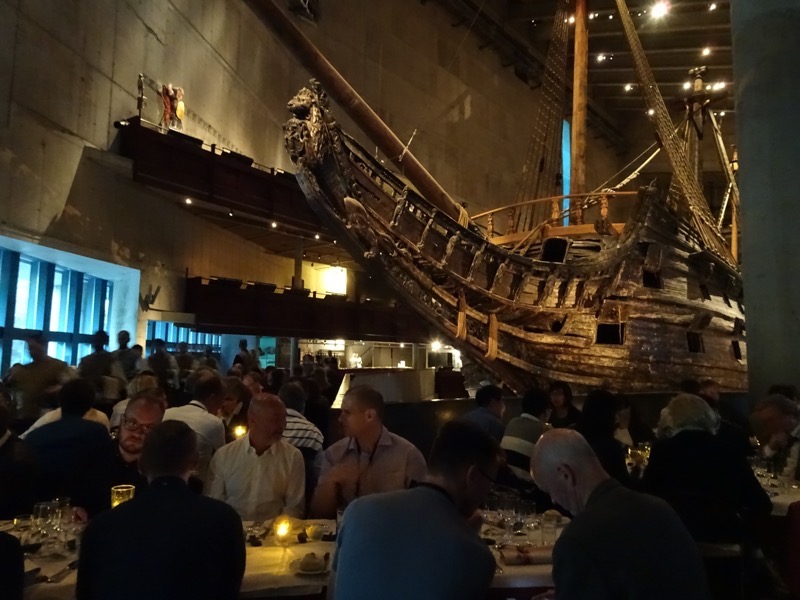
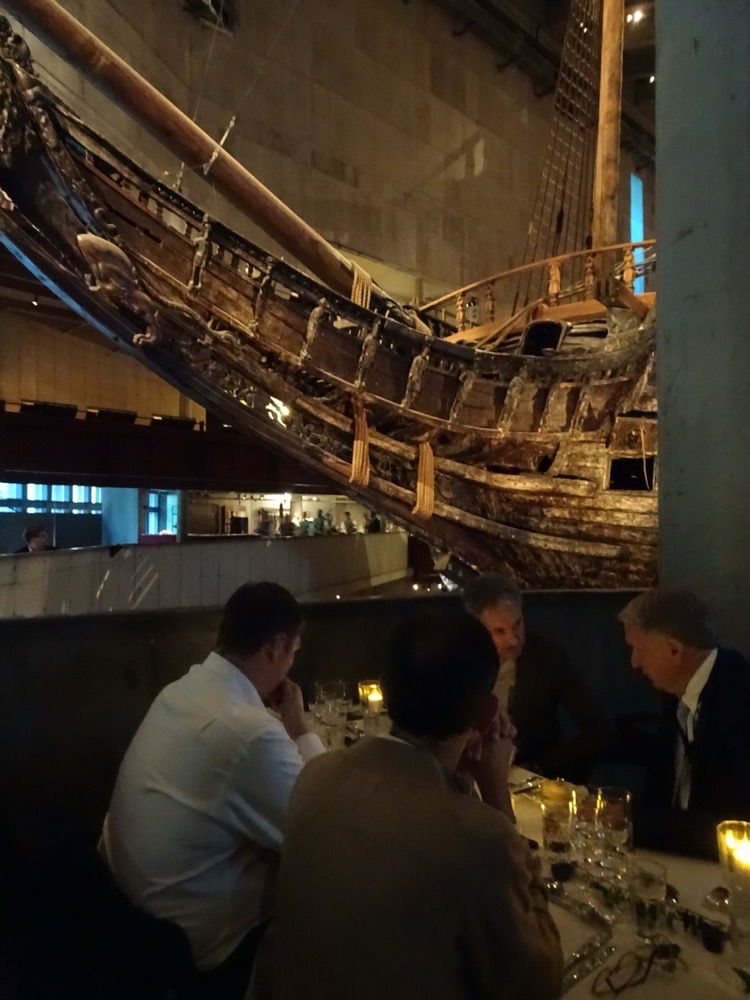 The function went over very well. Speeches were made, organizers were thanked, the next Thredbo was announced to be in Singapore in two years time. Overall, it was an amazing evening, and future conference organizers will be hard pressed to top it.
The function went over very well. Speeches were made, organizers were thanked, the next Thredbo was announced to be in Singapore in two years time. Overall, it was an amazing evening, and future conference organizers will be hard pressed to top it.
